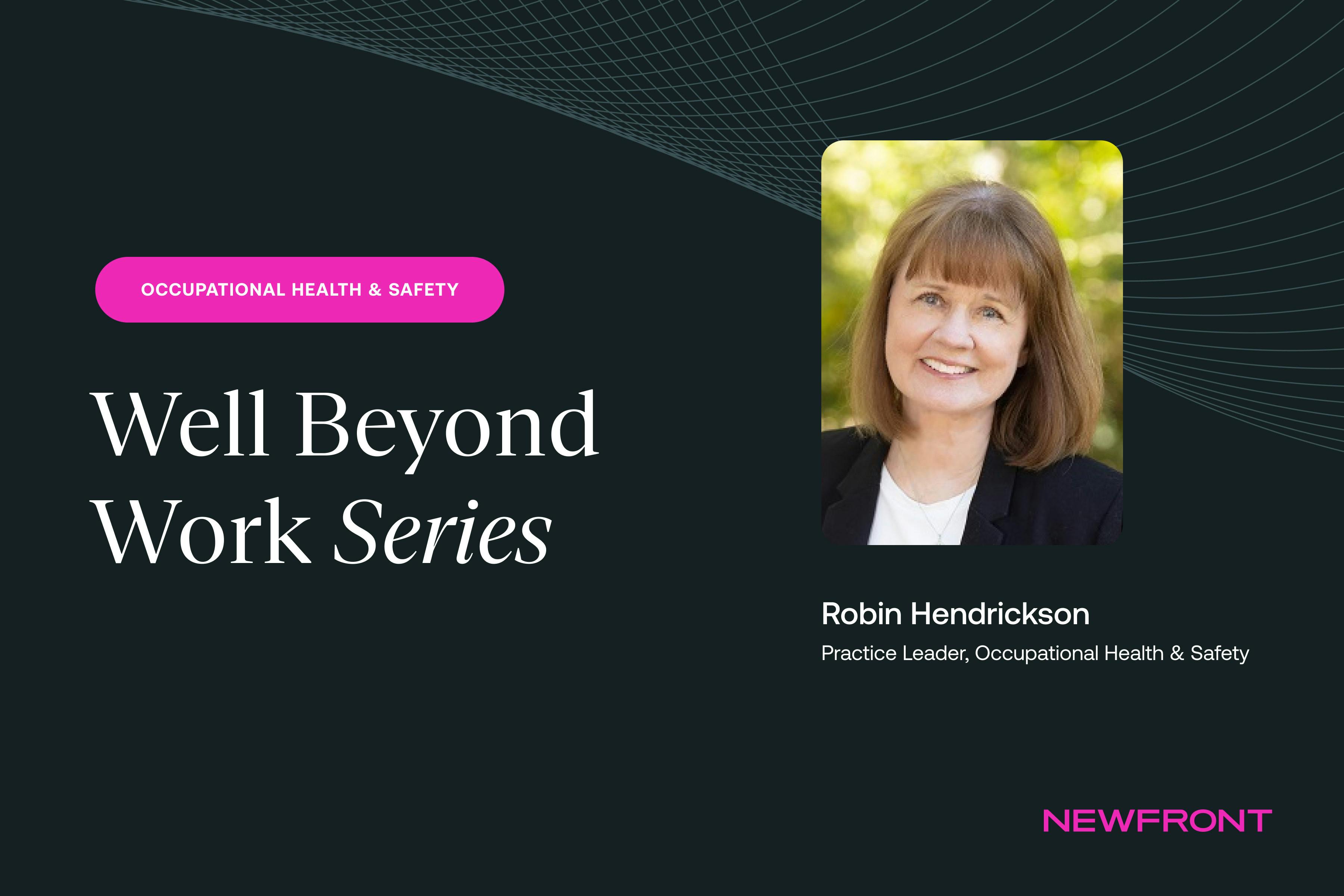Surviving Active Shooters: Lessons from our Webinar
Published October 4, 2022

Recently, Scott Rhymes, Vice President and Director of Risk Control at Newfront moderated a webinar featuring a panel of industry experts including Paul Marshall, Managing Director at McGowan Program Administrators, Robert Mielish, Protective Security Advisor at U.S. Department of Homeland Security, and Sarah Saluta, Executive Director San Diego Cooperative Charter Schools, on pre-planning, surviving, and recovering from an active shooter event.
The FBI defines an active shooter as an individual(s) who is actively engaged in killing or attempting to kill people in a highly populated area with a firearm. Active shooters are not a new phenomenon, in fact we can trace these types of events back to the 1950s; however, it is becoming more prevalent. In 2021 the FBI recorded 61 active shooter events while, 2017-2020 averaged 30 incidents per year. Basically, the numbers have doubled since we came out of COVID and there is no indication the numbers are going to drop any time soon. It is imperative that all businesses, schools, and professional entities have a plan in place.
Most companies have in place natural disaster and fire emergency plans and often conduct practice drills to ensure everyone knows what to do. It is essential that plans are also put in place for active shooters. As uncomfortable as the conversation is, employees need to be socialized and have regular discussions about active shooters. Drills should occur frequently, and everyone should understand their role. A good comprehensive plan involves input from everyone, including law enforcement, management, and contracted security. If you are uncertain where to start, the Department of Homeland Security has an active shooter booklet and additional resources available, along with the FBI, to help determine a plan of implementation.
Prior to an active shooter event it is essential to question and engage local law enforcement about their response time and what you need in the event of an event. Some law enforcement officials may ask for go bags that can be tossed out to the front with key cards and other vital information such as a map of the building or cell phone numbers of internal staff.
An employee assistance plan is also crucial as victims will need help and it is incumbent on the employer to connect them with local resources. A number of employees could have post-traumatic stress disorder and may be unable to go back to work. Another factor is the cost associated with buying new furniture, reconstruction, counseling, funerals, death benefits, loss of income and out-of-pocket medical. Most organizations do not have funds set aside for these types of additional expenses.
Today there are options for organizations to purchase an insurance policy covering active shooter and active assailant events. Many general liability markets require some type of claim or demand for money which is a response type of coverage. In addition, Commercial General Liability policies may not respond unless the insured is determined to be legally liable for the event. On the other hand, standard Commercial Property policies will require physical damage to your Building or Contents to activate Business Income/Interruption coverages. With an active shooter event, businesses will likely close or operate at limited capacity for a duration of time, without actual physical loss to Building or Contents to trigger standard coverage. Some active shooter/assailant policies can provide funds on day one to take care of victims, funerals, trauma counseling, medical treatment, parental leave of absence, and provide funds for businesses to recover. Public relations services, additional temporary security measures, and legal liability coverage are also common components within an Active Shooter insurance policy. Additionally, some new types of policies have a much broader scope, covering events such as drone attacks, vehicle attacks, knife attacks, and bomb threats.
The active shooter and active assailant preparedness landscape continues to develop with enhanced support from government agencies and new insurance products. It is critical for employers to review their risk profile, seek out resources to assist with developing contingency plans, and put plans into place to mitigate their risk.


